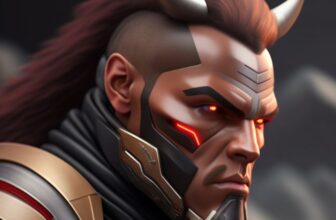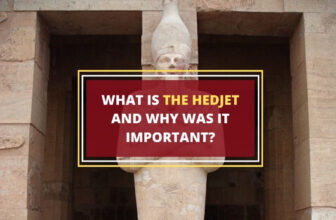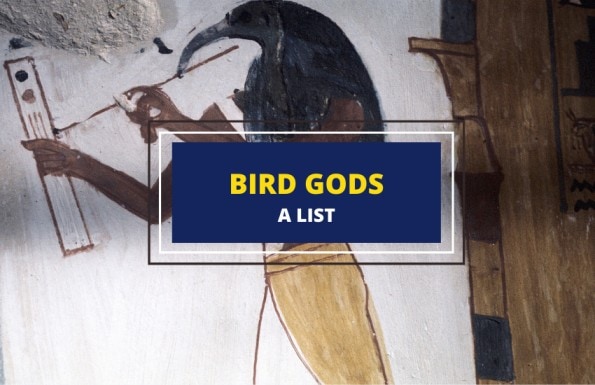
Table of Contents
In European mythology, birds were often considered as messengers of the divine, with their ability to soar high in the sky and their songs that evoke a sense of transcendence. These divine bird figures were revered and worshipped by people, and their stories and legends continue to fascinate us today.
In this article, we’ll explore the fascinating world of European bird gods and goddesses and their significance in ancient mythology. We’ll delve into their stories, symbols, and attributes and how they have influenced modern culture.
1. Morrigan (Irish)
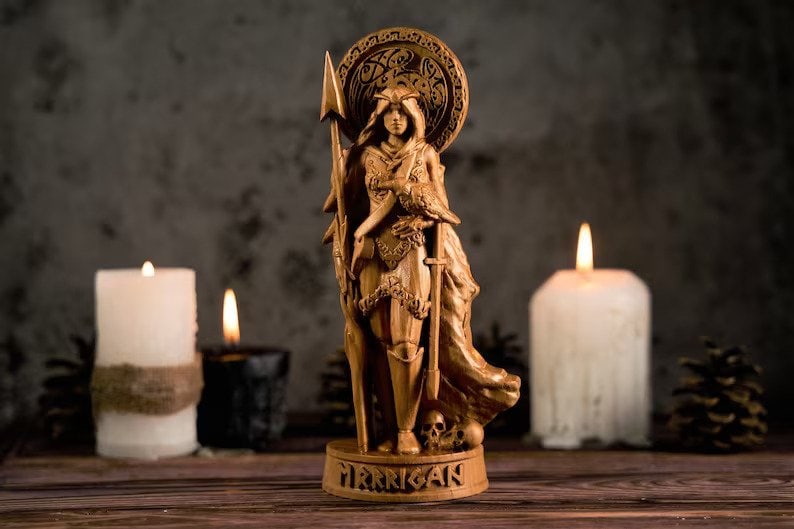
Morrigan, the Phantom Queen, is a formidable figure in Irish and Celtic mythology. She is often depicted as a crow or blackbird, with a mysterious and foreboding presence. Morrigan was known for following warriors into battle, deciding their fate with either victory or doom.
She was also a protector of the land and its people, with a complex cult that celebrated her as the goddess of sovereignty, fertility, and animal life. In some tales, Morrigan appears as a seductress, luring men to their downfall, while in others, she is a nurturing figure who tends to the wounded soldiers.
Her triple aspect as a goddess of war, fertility, and life on earth is associated with her portrayal as a three-faced figure. Morrigan is a fascinating deity whose power and influence extended beyond the battlefield, making her a symbol of protection, welfare, and mystical femininity.
2. Lugus (Celtic)
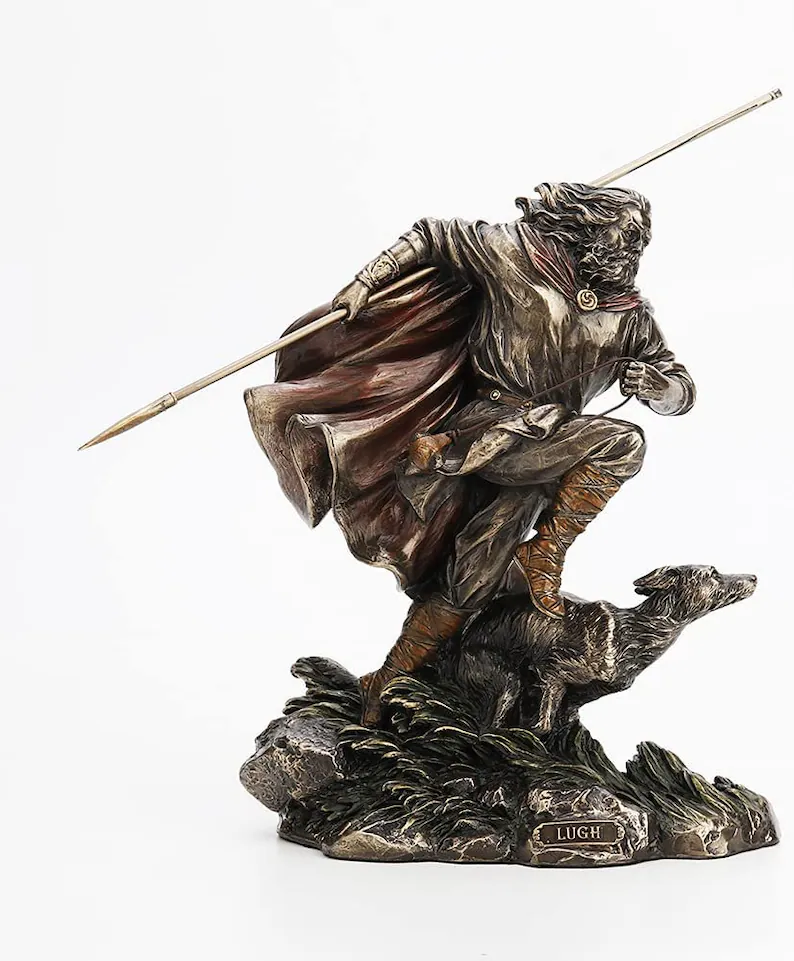
Lugus, also known as Lugh, was a prominent deity in Celtic mythology, worshipped throughout Gaul, Ireland, and Britain. He was known as the god of skill, mastery, and intelligence, and was often associated with the sun and lightning. The name Lugus was believed to be derived from the Proto-Celtic word for “oath” or “vow,” suggesting that he was a god of oaths and promises.
Lugus was a multifaceted deity, with various aspects and roles. He was the patron of the arts, including poetry, music, and craftsmanship, and was revered as a powerful warrior and strategist. He was also associated with healing and was worshipped as a fertility god.
In Irish mythology, Lugus was known as Lugh, the son of the god Cian and the goddess Ethniu. He was a master of all crafts and was believed to have possessed incredible strength and agility. He was also known for his magical spear and his ability to control the weather.
Lugus was one of the most popular and revered gods in Celtic mythology, and his worship continued long after the arrival of Christianity in Europe. Today, he remains an important figure in neo-pagan and modern Celtic spiritual traditions.
3. Odin (Norse)
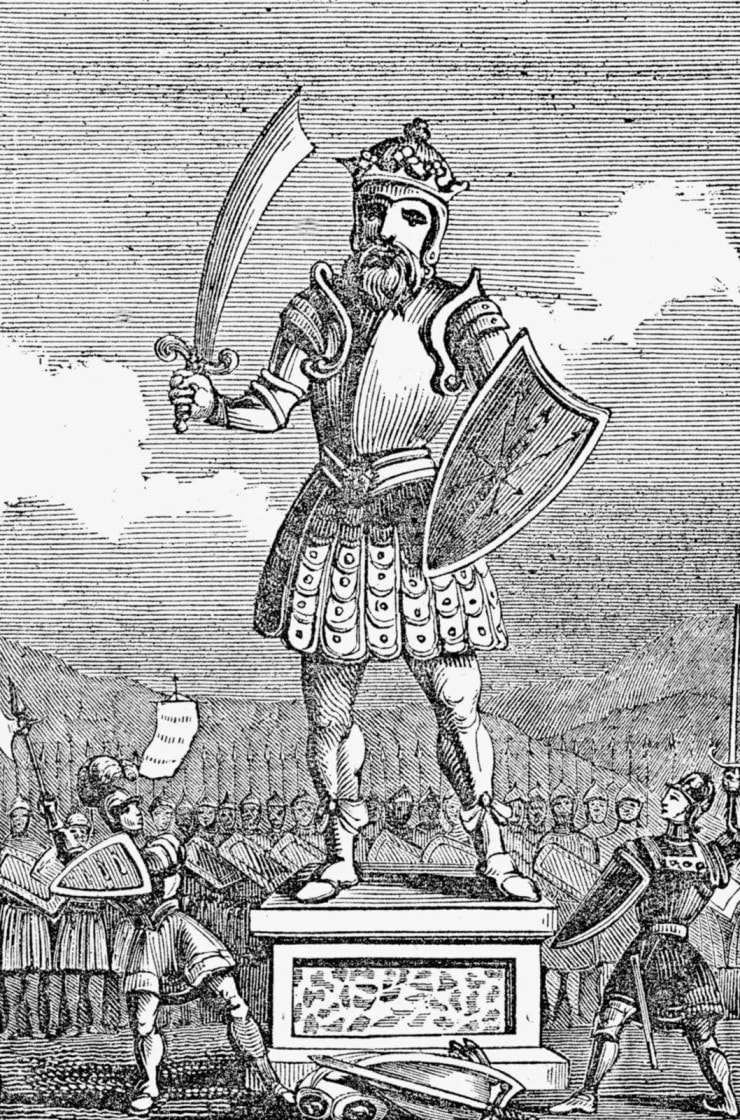
Odin, also known as Woden, was a prominent god in Norse mythology, revered by the Vikings as the god of war, wisdom, and magic. He was believed to be the ruler of the gods and the father of Thor, the god of thunder.
Odin was often depicted as a one-eyed, white-bearded, and cloaked figure with a spear named Gungnir and a pair of ravens named Huginn and Muninn perched on his shoulders, who would fly around the world and bring back information to him.
Odin was also associated with death, as he presided over Valhalla, the hall of the slain, where the bravest of warriors were taken after death. In addition to being a god of war, Odin was also a god of wisdom, known for sacrificing his eye at the well of Mimir in exchange for knowledge. His myths and legends continue to inspire modern works of literature, film, and other forms of media.
4. Freyja (Norse)
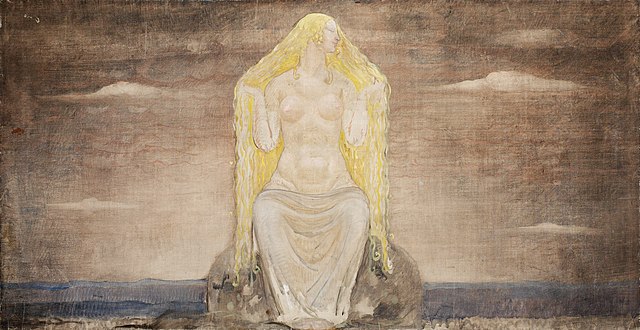
Freyja is a Norse goddess associated with love, fertility, war, wealth, and magic. Her name means “Lady” and is a title of respect. Freyja was a member of the Vanir gods, but she also had connections with the Aesir gods. She was known for her beauty, wit, and strength, and was often depicted riding a chariot pulled by two cats.
Freyja was associated with love and sensuality, and she was said to have wept tears of gold when her husband was away. She was also a powerful warrior and would choose half of the fallen warriors in battle to join her in her afterlife realm of Fólkvangr. Freyja was also associated with magic, particularly the use of seidr, a form of sorcery practiced by Norse women.
Freyja was one of the most important and beloved goddesses in Norse mythology, and her influence can still be seen in modern interpretations of Norse mythology and paganism.
5. Apollo (Greek)
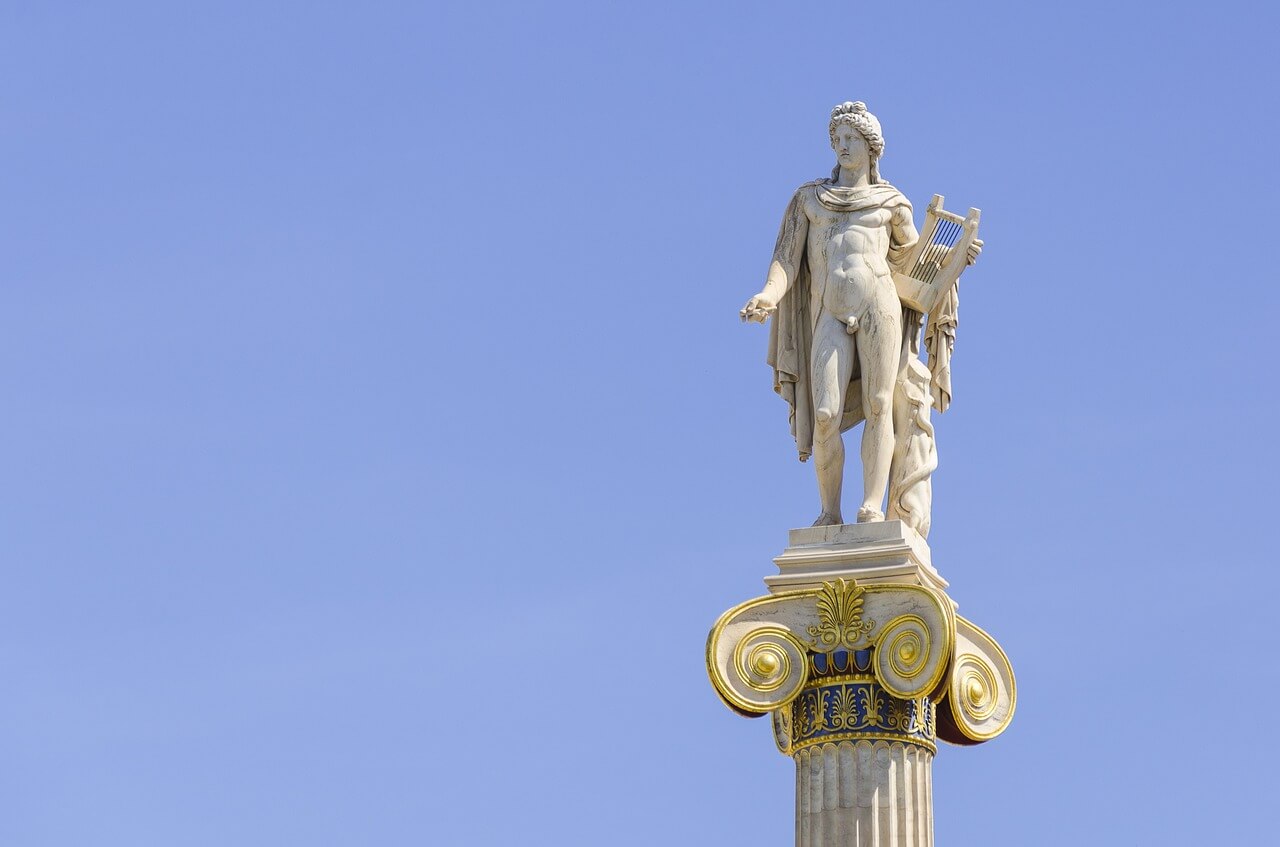
Apollo was one of the most important and complex deities of the Greek pantheon. He was the god of music, poetry, prophecy, healing, archery, and the sun. He was often depicted as a handsome young man with long hair, holding a bow and arrow, and accompanied by a lyre, a musical instrument he invented.
Apollo was also known for his divinatory powers and was consulted by mortals seeking guidance and knowledge of the future. He was the son of Zeus and Leto and the twin brother of Artemis, the goddess of the hunt.
Apollo had many famous temples, the most notable of which was the Temple of Apollo at Delphi, where his priestesses, the Pythia, delivered his oracles. The worship of Apollo was widespread in ancient Greece, and he remains a significant figure in Western culture to this day.
6. Athena (Greek)
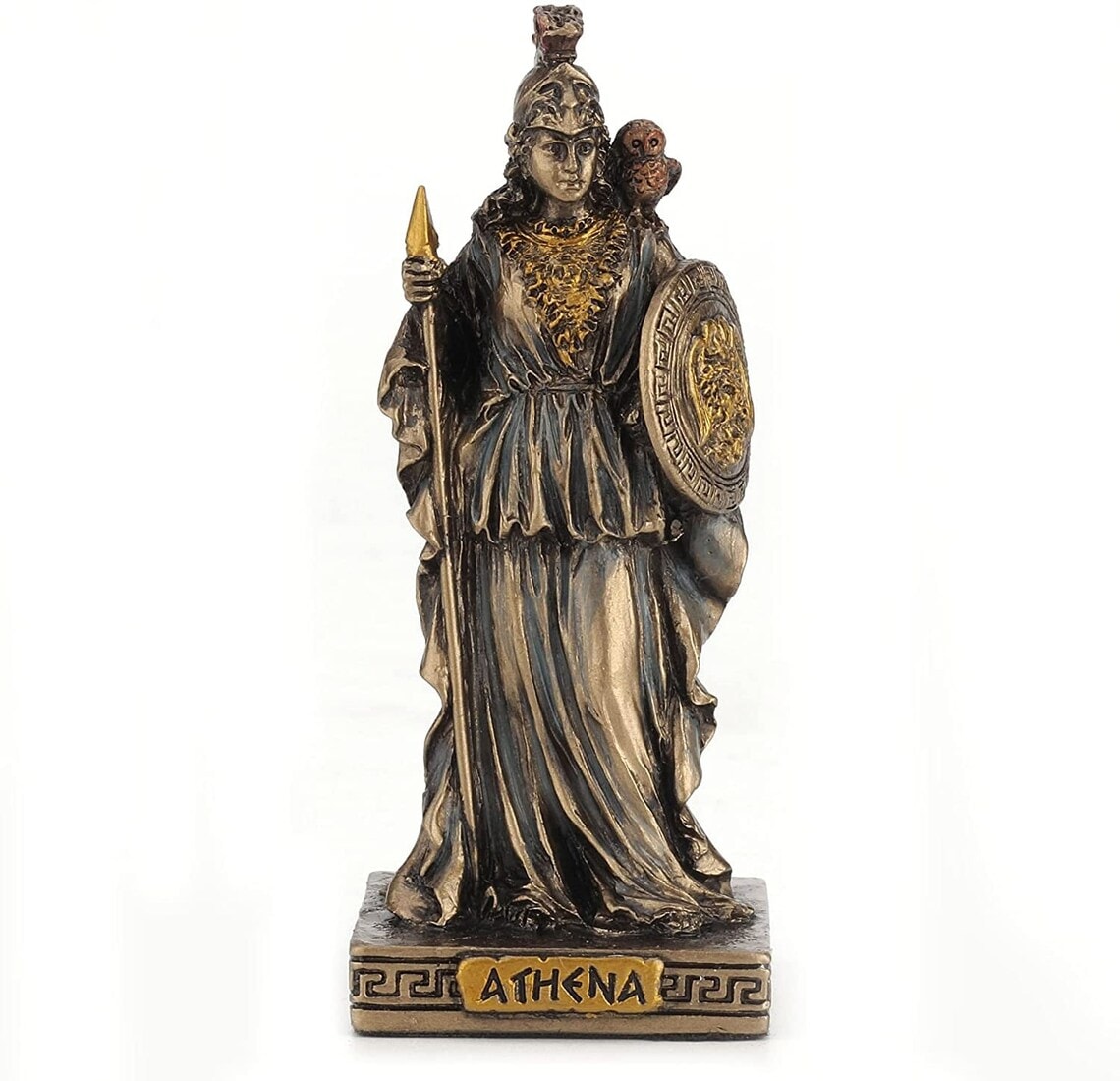
Athena, the Greek goddess of wisdom, was not just a pretty face but also a strategic warrior. She was often depicted with an owl, which was considered a symbol of wisdom in ancient Greece. Interestingly, it is believed that the cult of the ancient bird matriarch may have survived and influenced the Greek culture, particularly in the Minoan and Mycenean civilizations.
This led to the transformation of the bird goddess into Athena and her integration into the Greek Pantheon. The earliest depictions of Athena show her with wings, indicating her close association with birds. As time went on, she was portrayed more and more like a human. Even though her appearance changed, her reputation as a wise and skillful protector remained constant, making her one of the most revered goddesses in Greek mythology.
7. Zeus (Greek)
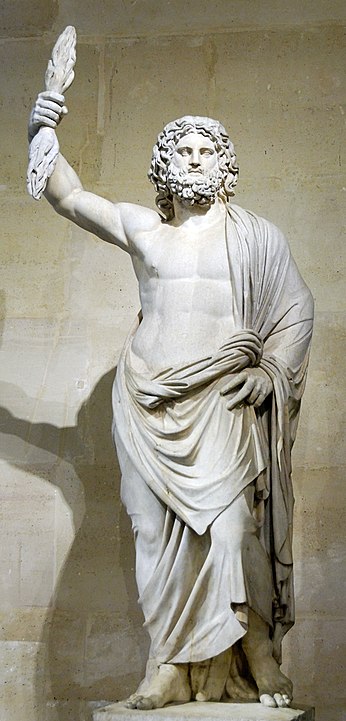
Zeus was the king of the gods in Greek mythology and the god of the sky, lightning, thunder, and justice. He was often depicted as a regal figure, wielding his iconic thunderbolt and seated on his throne atop Mount Olympus, the home of the gods.
Zeus was also known for his many love affairs and relationships, resulting in numerous children with both mortal and immortal partners. He was considered the father of gods and men and often intervened in mortal affairs, sometimes to help and other times to punish.
As the god of justice, Zeus was responsible for enforcing the rules and laws of the gods and the mortal world. His power and influence made him one of the most significant and revered deities in ancient Greek religion, with many temples and cults dedicated to his worship.
8. Hera (Greek)
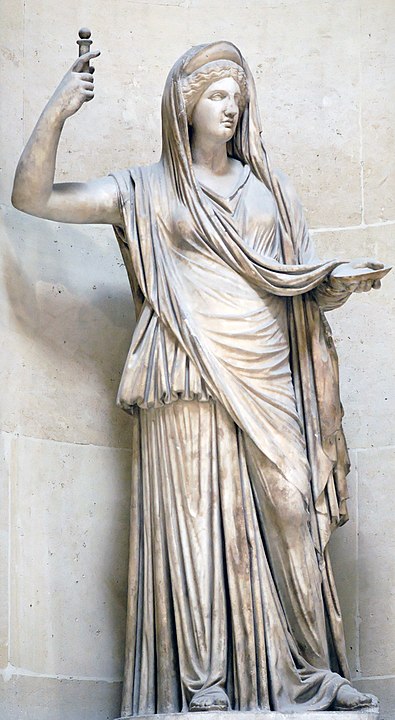
Hera was the queen of the gods in ancient Greek mythology, known for her beauty, power, and fierce jealousy. She was the wife and sister of Zeus, the king of the gods, and the daughter of Cronus and Rhea. Hera was the goddess of marriage, childbirth, and family, and she was often portrayed as a majestic and regal figure.
In Greek mythology, Hera was known for her vindictive and jealous nature, especially towards her husband’s numerous affairs. She was also a powerful and influential goddess who played a key role in the stories of many heroes, including Heracles, Jason, and Perseus.
Hera was also worshipped as a protectress of women and children, and she was associated with the peacock, which was seen as a symbol of her beauty and pride.
9. Aphrodite (Greek)
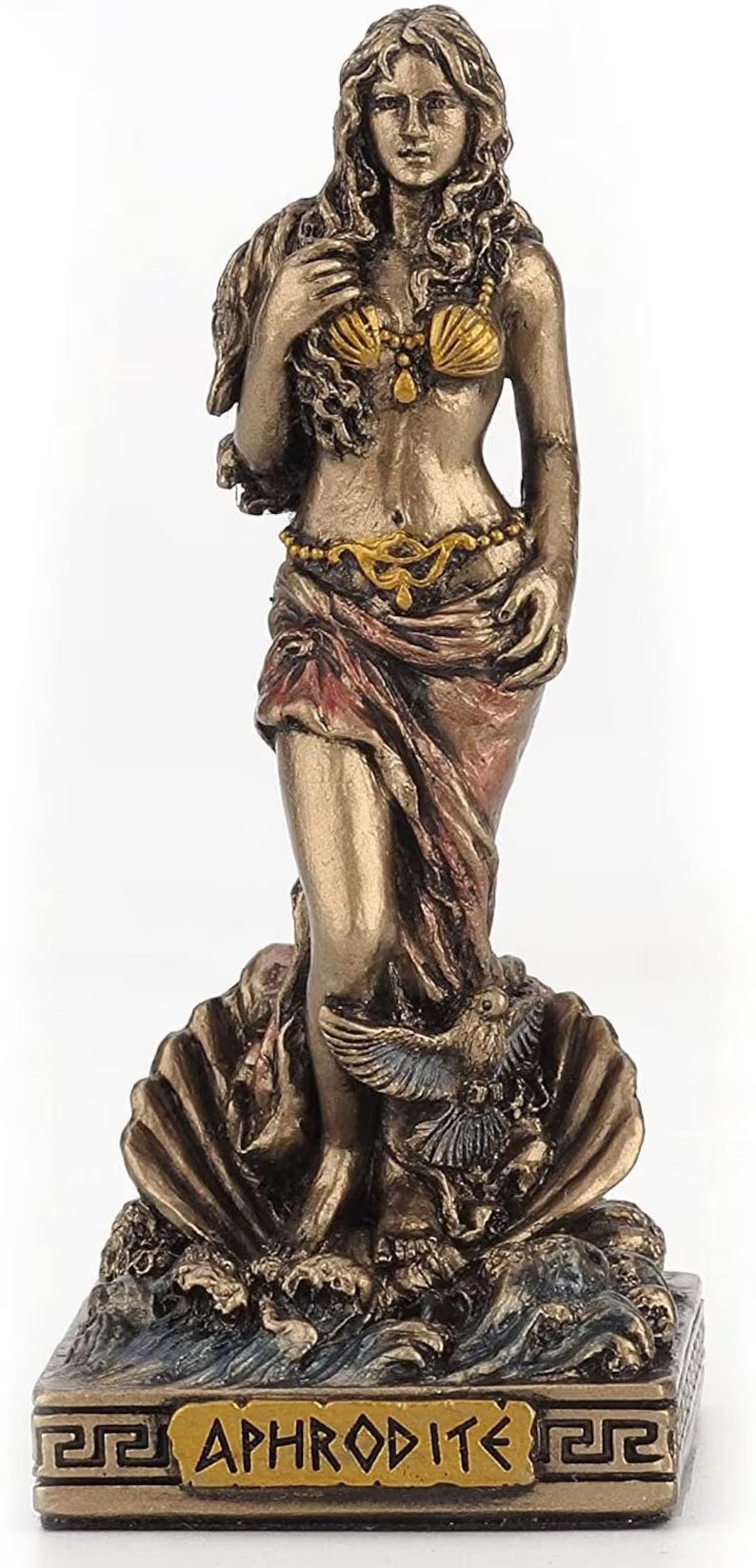
In Greek mythology, Aphrodite was the goddess of love, beauty, pleasure, and procreation. She was one of the twelve Olympian gods and was known for her stunning beauty and irresistible charm. According to the myth, she was born from the sea foam created when the titan Cronus castrated his father, Uranus, and threw his genitals into the ocean.
Aphrodite was often depicted with her son, Eros, and her husband, Hephaestus. Despite her marriage, she had many love affairs with both gods and mortals, which often resulted in jealousy and conflict among the other gods.
She was worshipped widely in ancient Greece and was seen as the embodiment of femininity and sensuality. Her cult spread throughout the Mediterranean world, and she was often associated with love and fertility in various cultures. In addition to her role as a goddess of love, she was also worshipped as a protector of sailors and was believed to have the power to calm the stormy seas.
10. Mercury (Roman)

Mercury was the Roman god of commerce, communication, and travelers. He was also known as Hermes in Greek mythology. He was depicted as a youthful and agile god with a winged hat and sandals, holding a caduceus, a staff entwined by two snakes.
Mercury was believed to be a messenger of the gods and a conductor of souls to the afterlife.
Mercury played an important role in ancient Rome as the god of commerce, trade, and financial gain. His festival, the Mercuralia, was celebrated on May 15th with feasts, gift-giving, and the exchange of small figurines called “mercury.”
As the god of communication and travel, Mercury was also associated with language and writing, and he was often invoked by poets and writers for inspiration.
11. Juno (Roman)
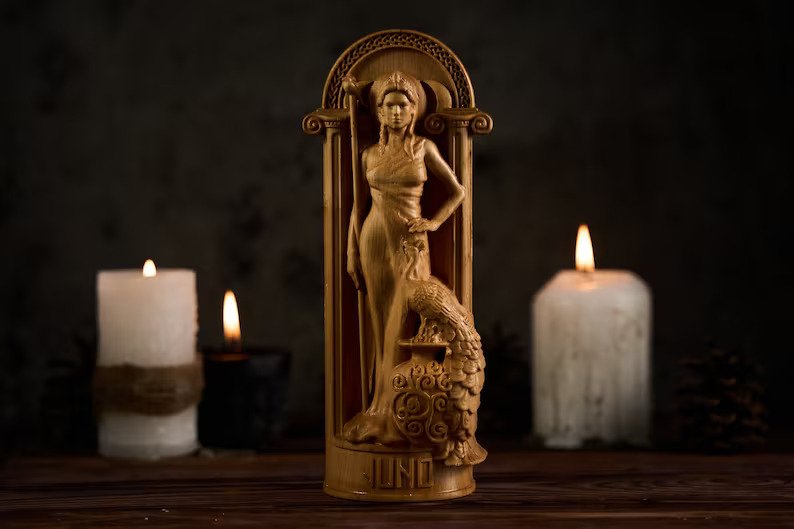
Juno, also known as the Roman goddess of marriage, childbirth, and queen of the gods, was the wife and sister of Jupiter (Zeus). She was also known as the patron goddess of Rome and protector of the state. Her Greek equivalent was Hera.
In Roman mythology, Juno was believed to have been a powerful and authoritative figure, associated with fertility and motherhood, and was considered a source of feminine strength and authority. She was often depicted as a beautiful and majestic woman, crowned with a diadem and holding a scepter, signifying her power and authority.
Juno was also worshipped as a goddess of war, particularly in her role as protector of Rome. She was associated with the sacred geese that saved Rome from invasion in 390 BCE.
Juno was often invoked by women during childbirth and marriage ceremonies, and her festivals, including the Matronalia, celebrated the role of women in Roman society. Overall, Juno was an important figure in Roman mythology, representing feminine power and authority, marriage, and the protection of the state.
12. Fortuna (Roman)
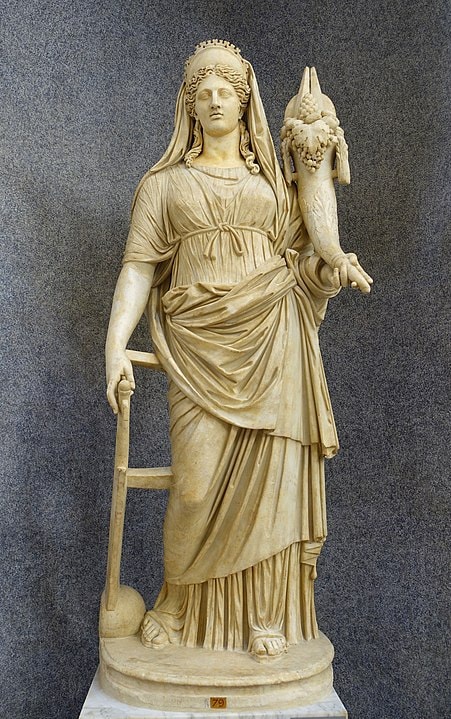
Fortuna was the Roman goddess of luck, fate, and fortune. She was one of the most popular and revered deities in the Roman pantheon, and her influence extended beyond Rome to other parts of the ancient world. Fortuna was believed to control the destiny of individuals and entire nations, and her power could be either benevolent or malevolent.
Fortuna was often depicted holding a cornucopia, symbolizing her ability to bestow prosperity and abundance. She was also often portrayed with a wheel, representing the cycle of life and fortune. Her worship was particularly popular among merchants, as they relied heavily on good fortune for success in their business dealings.
Temples dedicated to Fortuna were widespread throughout the Roman Empire, and her cult was celebrated with festivals and ceremonies. Despite being associated with luck and chance, Fortuna was also believed to be a powerful goddess who could be invoked through prayer and offerings to bring about positive outcomes.
13. Anzu (Mesopotamian)
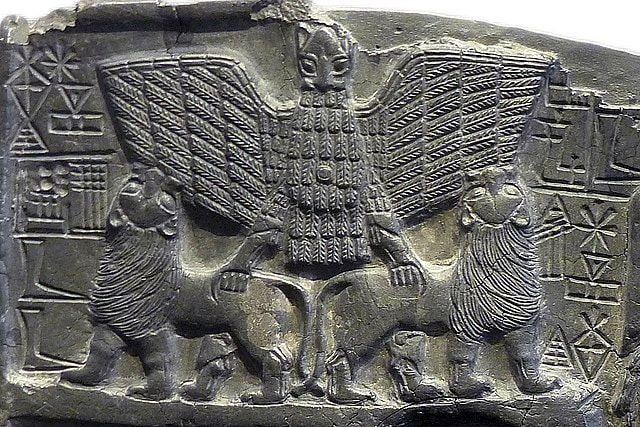
Anzu was a significant bird-like creature and mythological figure in ancient Mesopotamian culture, particularly in Sumerian, Akkadian, and Babylonian mythology. Anzu was depicted as a massive bird with a lion’s head, sharp talons, and massive wings, like the mythical creature, griffin. In Sumerian mythology, Anzu is portrayed as a demon, stealing the Tablets of Destiny, which gave the possessor control over the universe.
Anzu was a deity that symbolized power, wisdom, and strength, representing both light and darkness. However, over time, Anzu’s image changed, and he became a protective deity associated with thunderstorms and rain. The ancient Mesopotamians saw him as a symbol of fertility and wealth, and he was worshipped as a god of the skies.
The tales of Anzu’s battles and conflicts with other gods and heroes highlight his importance in ancient Mesopotamian mythology, and he was an essential figure in the development of the region’s religious beliefs.
14. Garuda (Hindu)
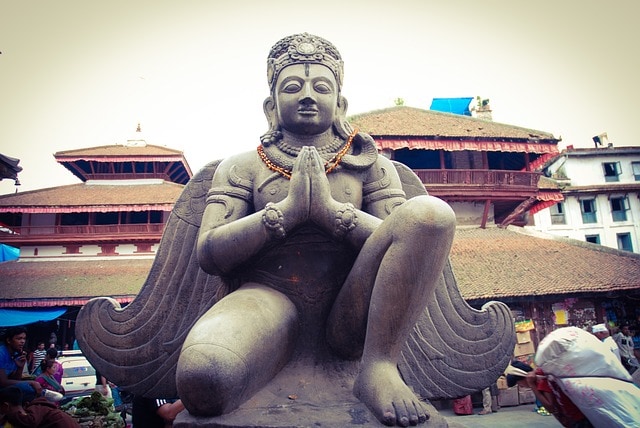
Garuda is a legendary bird creature of Hindu and Buddhist mythology, known for its immense size, strength, and speed. The bird is depicted as having the body of a man with a bird’s head and wings and is considered to be the king of birds. Garuda is the mount or vahana of Lord Vishnu, one of the principal deities of Hinduism, and is known as a symbol of strength and speed.
Garuda is also a popular figure in Southeast Asian mythology, particularly in Indonesia and Thailand. In Indonesia, Garuda is the national emblem and is revered as a symbol of the country’s identity and strength. In Thailand, Garuda is also a national symbol and is featured prominently in Buddhist temples and other religious sites.
Garuda is often depicted as a fierce warrior, with the ability to fight and defeat powerful demons and other evil creatures. He is also known for his devotion to Lord Vishnu and is one of the most loyal and devoted of all divine servants.
15. Swan Maiden (Celtic)
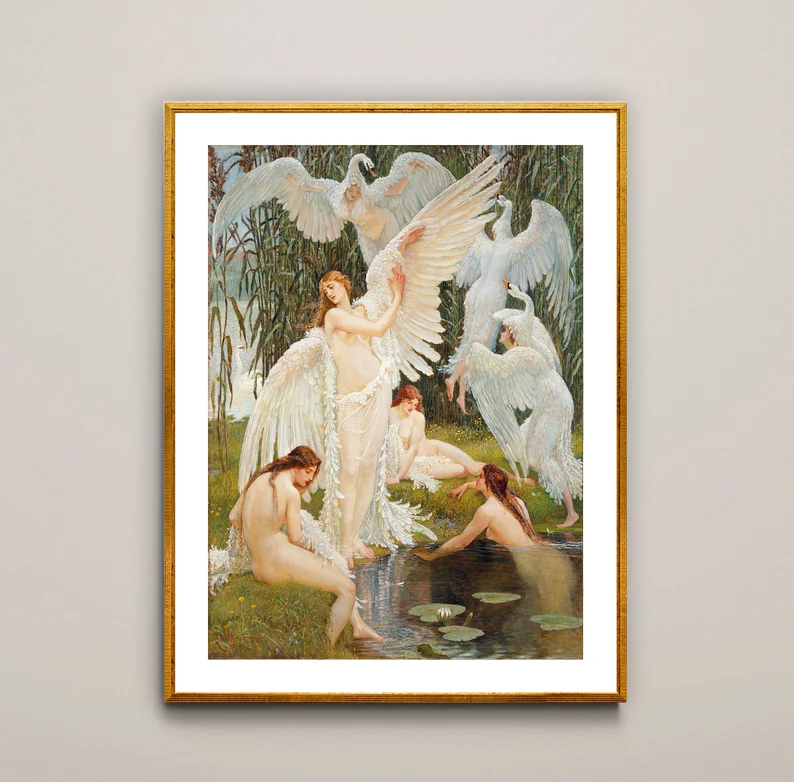
In folklore and mythology, the Swan Maiden is a character that appears in different cultures, including Celtic, Norse, and Slavic folklore. The Swan Maiden is a shapeshifting woman who can transform into a swan or other bird. The tale usually follows a hunter or a prince who captures the swan, and when the bird is injured, a beautiful woman appears to him and nurses the bird back to health.
The two eventually fall in love, and she marries him. The hunter or prince is then given a set of instructions by the Swan Maiden, and if he fails to follow them, she will leave him forever. The story often ends with the Swan Maiden’s departure, leaving behind her husband and their children.
The Swan Maiden is a symbol of transformation, love, and sacrifice, and the story often serves as a cautionary tale against breaking promises or betraying trust. The myth of the Swan Maiden has inspired various artworks, including paintings, sculptures, and literature.
16. Raven King (Celtic)
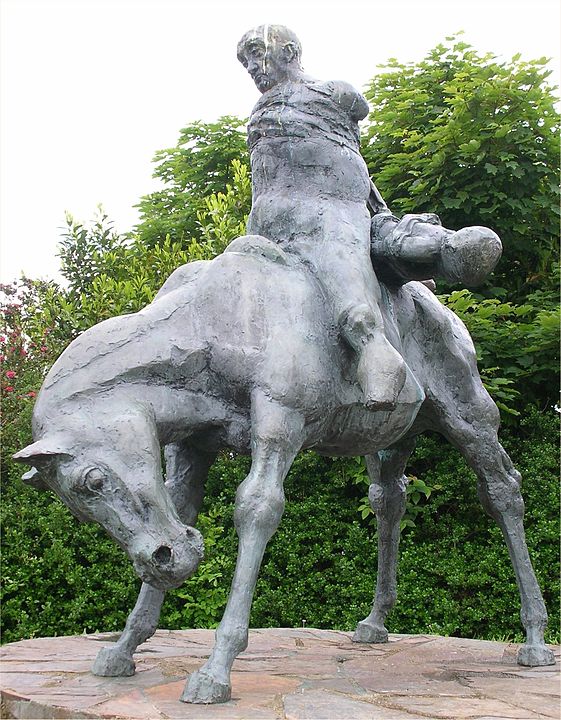
The Raven King is a legendary figure in British folklore, associated with the mythical realm of Avalon. The Raven King was believed to have magical powers and was often depicted as a master of shape-shifting and divination. According to some legends, he was said to be a powerful magician who could control the forces of nature, while others depict him as a warrior who led armies to victory.
One of the most famous legends about the Raven King concerns his association with the famous Pendragon family, who were said to be descended from him. It was believed that the Raven King would return to lead the Pendragons to victory in times of great need.
The legend of the Raven King has inspired many works of literature and art, including the works of William Shakespeare and J.R.R. Tolkien. Today, the Raven King remains a fascinating and enigmatic figure in British mythology.
17. Horus (Egyptian)
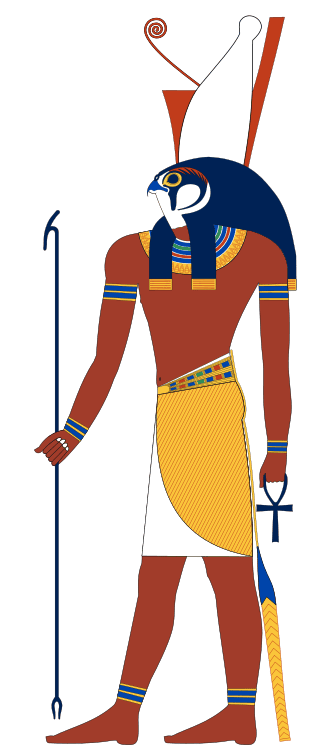
Horus, the Egyptian god with the head of a falcon and the body of a man, is a prominent figure in ancient Egyptian mythology. According to legend, he was born when Isis gathered the dismembered body parts of her murdered husband Osiris and reassembled them into Horus.
Horus was the protector of the Egyptian royalty and was believed to have the power to restore order and justice. His association with falcons was so strong that some ancient Egyptians believed that the falcon was Horus’s earthly embodiment. One of Horus’s most well-known attributes is his “all-seeing eye,” which was said to symbolize the Sun and Moon.
This eye was so significant that it remains one of Egypt’s most crucial symbols and is often worn as an amulet to bring good luck and protection. Horus was also associated with divine kingship, making him a crucial figure in Egyptian religious and political life.
18. Thoth
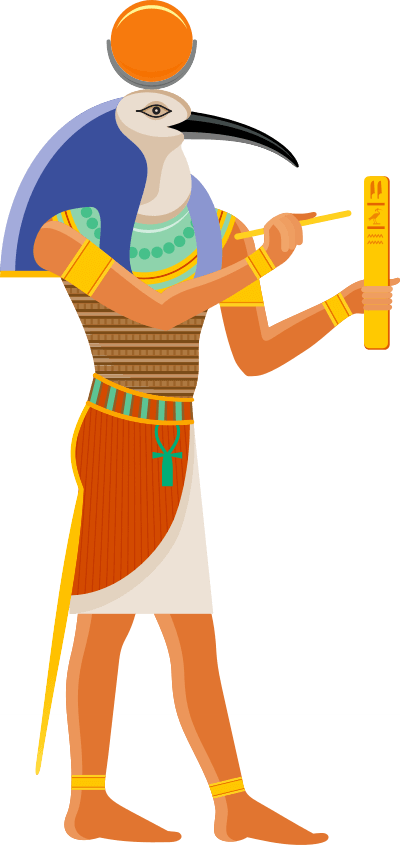
Thoth, the Egyptian God of knowledge, invention, and writing, played a vital role in ancient Egyptian mythology. He is commonly depicted as a bird-like figure with the head of an Ibis, one of the sacred birds in Egypt. Thoth is considered the protector of knowledge, and the ancient Egyptians believed he created himself.
He was also the scribe of the gods and wrote down the events that took place in the underworld and the Book of the Dead. Thoth wrote 42 books that contained essential information about humanity and the divine realm. Interestingly, Thoth was worshipped as the god of the moon and associated with water cycles that were fundamental for daily life in Egypt. He also acted as a judge for the deceased, weighing their heart against a feather to determine their fate in the afterlife.
The Greeks were inspired by Thoth and created their own god, Hermes. The ancient Egyptians made sacrifices of baboons and ibises to Thoth, and their mummified remains can still be found in tombs and museums.
19. Huitzilopochtli
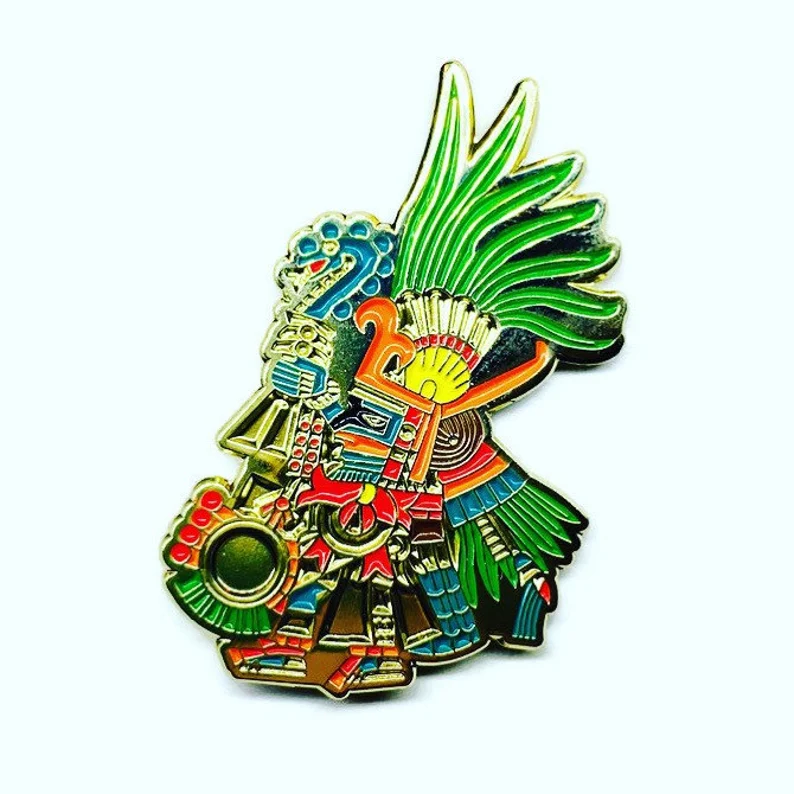
Huitzilopochtli, the Sun god of the Aztecs, was the most prominent deity in their mythology. Aztecs believed themselves to be direct descendants of the Sun, and Huitzilopochtli was the one who protected and sustained it. His name, “Hummingbird of the South,” may seem contradictory for such a terrifying god, but it represents the belief that the bravest warriors’ souls are resurrected as these elusive birds.
Huitzilopochtli was created when the goddess of earth swept feathers of a hummingbird from a mountain. He is depicted with colorful feathers, adorning magnificent armor, and holding a turquoise snake. The Aztec god was a creator and destroyer, responsible for creating the moon and stars. However, he was most associated with war and order.
As the god of war, he led his people into battle and was revered to the point of requiring regular sacrifices, including captured enemy warriors and their own soldiers.
20. Anunnaki
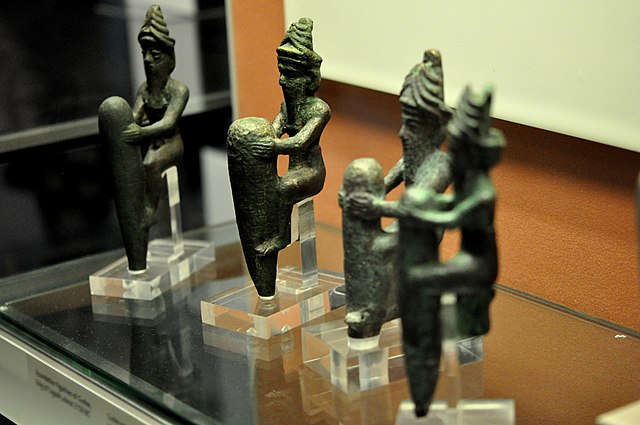
In the ancient civilizations of Assyria, Akkad, Sumer, and Mesopotamia, the Anunnaki were gods of immense power and authority. Known as the “highest gods” in Sumerian literature, they were considered divine judges, deciding the fates of entire civilizations.
According to legend, they were created as the offspring of the goddess of earth, Ki, and the god of heaven, An. Some believe that the Anunnaki were not just one God, but rather a pantheon of deities attributed to the many prosperous city-states that dotted the Mesopotamian region.
In artwork, the Anunnaki were often depicted as towering figures with multiple wings and intricate headdresses, symbols of their immense power and divine status. Their influence can still be felt today, as the ancient civilizations they ruled over continue to captivate and inspire us with their rich mythology and complex belief systems.
Wrapping Up
European bird gods and goddesses were an important part of many ancient cultures, and their significance can still be seen in modern times. The association of birds with these gods and goddesses suggests a belief in their power and ability to transcend the earthly realm.
Whether they were worshipped as a pantheon or a singular deity, their stories and legends continue to fascinate and inspire people today. The legacy of these bird gods and goddesses serves as a reminder of the complex and diverse beliefs that have shaped human history.





